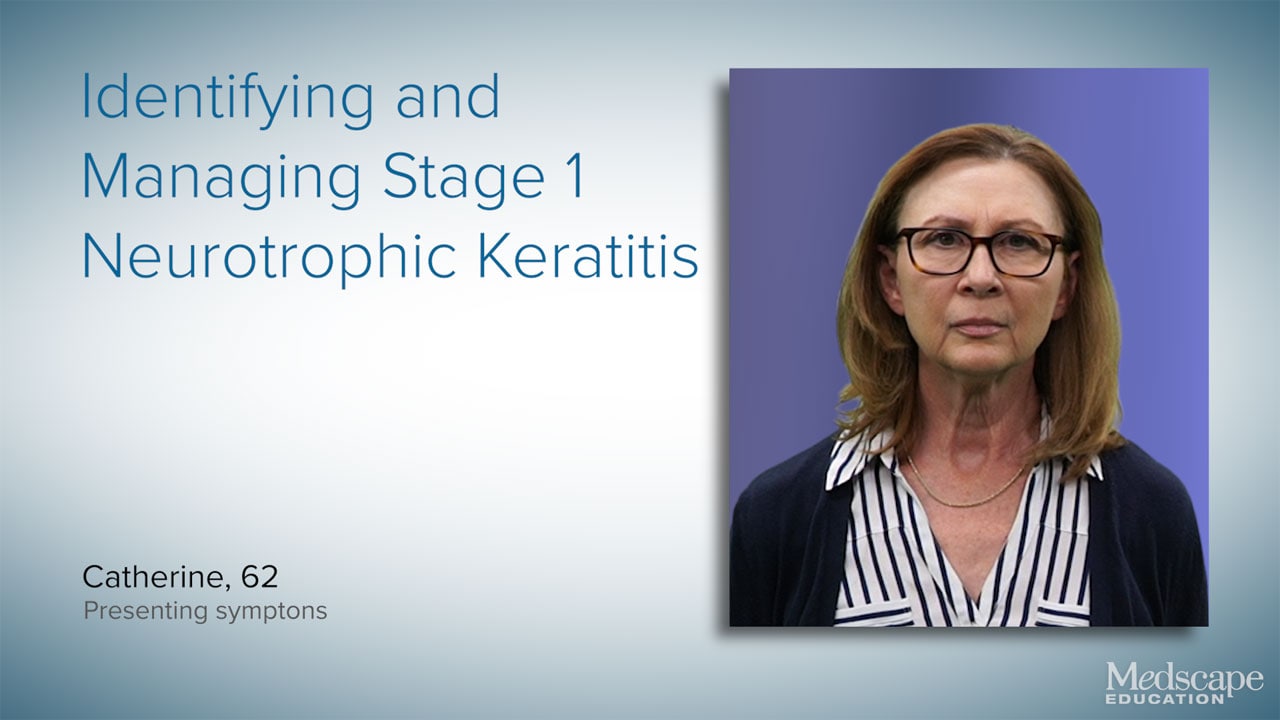Abstract and Introduction
Abstract
Background: In this study, we sought to identify definitive biomarkers associated with disease activity in primary Sjögren's syndrome (pSS).
Methods: Serum protein concentrations in pSS patients and healthy controls (HCs) were comprehensively screened using high-throughput proteomic analysis, and differentially expressed proteins were extracted. Correlation between differentially expressed proteins and European League Against Rheumatism Sjögren's Syndrome Disease Activity Index (ESSDAI) scores was analyzed and disease activity-associated biomarkers were identified. These biomarkers were validated by enzyme-linked immunosorbent assay (ELISA) in a separate pSS cohort.
Results: The serum concentrations of 1100 proteins were compared between 30 pSS patients and 30 HCs, with 82 differentially expressed proteins identified as pSS-associated proteins. Of these 82 proteins, 9 were identified as disease activity-associated biomarkers. These nine biomarkers underwent validation by ELISA in a separate pSS validation cohort (n = 58), with five proteins (CXCL13, TNF-R2, CD48, B-cell activating factor (BAFF), and PD-L2) subsequently being confirmed as candidate biomarkers. Of these five candidate biomarkers, CXCL13 exhibited the most significant correlation with the lymphadenopathy, glandular, and pulmonary domains of the ESSDAI. CXCL13, TNF-R2 and CD48 exhibited a positive correlation with the biological domain of the ESSDAI. TNF-R2 exhibited the most negative correlation with uptake in the submandibular gland on technetium 99m-pertechnetate salivary gland scintigraphy.
Conclusions: Our approach successfully identified serum biomarkers associated with disease activity in pSS patients. These markers might be potential therapeutic targets in pSS patients.
Arthritis Res Ther. 2016;18(106) © 2016 BioMed Central, Ltd.
Copyright to this article is held by the author(s), licensee BioMed Central Ltd. This is an Open Access article: verbatim copying and redistribution of this article are permitted in all media for any purpose, provided this notice is preserved along with the article's original citation.








